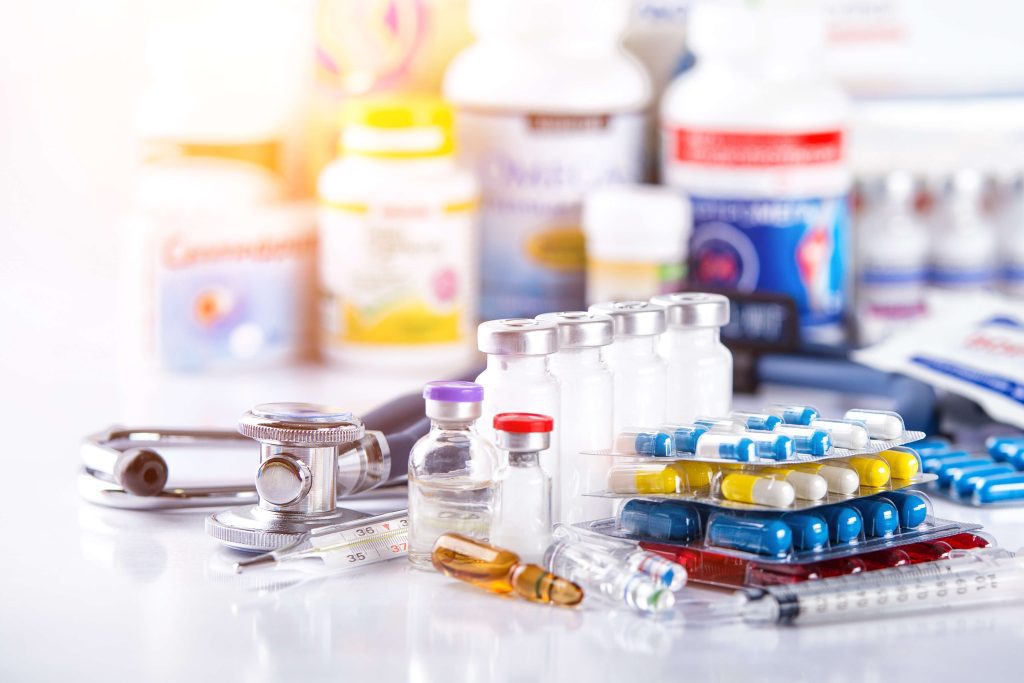Pharmacology Drug Classification Chart
Drugs can be grouped together in different ways – by the way they affect the body, how they are used or where they are prescribed and controlled. It’s valuable to understand the pharmacology classification of drugs, and specifically the risks and side effects. Additionally, it helps recognize addiction in loved ones. There is a wide range of substances, and unfortunately, more people struggle with substance use disorder every day. And, even though addiction is overwhelming, it is possible to find recovery.

What Is The Purpose of Drug Classification?
The purpose of drug classification is to ensure drug use is safe and beneficial for the patient. Each time a drug is used, people’s body chemistry is changed. Drugs are meant to be helpful, but they can be harmful. Sadly, taking multiple drugs can change body chemistry so much it makes drugs less useful. Above all, it makes side effects more severe. That’s why it is vital to understand the pharmacology classification of drugs, and the risks and side effects.
Pharmacology Classification of Drugs By Chemical Similarities
Chemical similarities classify drugs because they often have the same impact and risks. A drug-dependent person is also likely to misuse drugs with chemical similarities. Additionally, chemically similar drugs often have the same effects in treatment:
- Benzodiazepines
- Cannabinoids
- Barbiturates
Pharmacology Classification of Drugs Based on Effects
Different types of drugs affect people differently. Nonetheless, drugs may be categorized or classified according to certain shared symptomatologies or effects. For example, one drug makes a person energetic. However, another drug makes them relax.
- Central Nervous System (CNS) Depressants (slow down the operations of the brain and the body)
- Stimulants (accelerate the heart rate and elevate the blood pressure and “speed-up,” or over-stimulate, the body)
- Hallucinogens (cause the user to perceive things differently than they actually are)
- Dissociative Anesthetics (inhibit pain by cutting off or dissociating the brain’s perception of the pain)
- Narcotic Analgesics (relieve pain, induce euphoria, and create mood changes in the user)
- Inhalants (breathable substances that produce mind-altering results and effects)
- Cannabis (the scientific name for marijuana, includes cannabinoids and synthetics like Dronabinol)
Pharmacology Classification of Drugs by Legal Definition
In 1970 the federal government passed the Controlled Substance Act. It was in response to the drug epidemic. The Act establishes five pharmacology classifications of drugs or schedules.
The drug’s schedule is based on potential medical use, the potential for misuse, and addiction risk. But, international treaties are an exception. The U.S. must use certain drug classifications to comply with diplomatic agreements. These agreements include the Single Convention on Narcotic Drugs.
- Schedule V (the lowest penalties and few regulations. They have an acceptable medical purpose. And generally, the lowest risk of misuse and addiction)
- Schedule IV (the regulations and penalties for these drugs are a little more than Schedule V drugs. But, they have a low risk of misuse and addiction)
- Schedule III ( harsher penalties and more regulations than Schedule IV drugs. They have a low misuse rate and low to medium risk of addiction)
- Schedule II (The only pharmacology classification of drugs with more regulations and penalties than Schedule II drugs is Schedule I drugs. They have a high risk of misuse and severe addiction risk)
- Schedule I (Schedule I drugs are the most regulated and have the harshest penalties of all the drugs. They have a high risk of misuse and addiction)
Controversies of Classification
Over the years, some drugs have been reclassified. For example, the DEA reclassified hydrocodone in 2014. They changed it from a Schedule III drug to Schedule II. But, the reclassification of drugs is rare. However, many debates are surrounding the Controlled Substance Act.
Marijuana, a Schedule 1 drug, causes well-known debates. Many experts believe it has medical benefits. At the same time, it has a low risk of addiction. And despite the evidence supporting reclassification, the DEA refuses to change it.
The CSA excludes alcohol and cigarettes. This exclusion has also caused many debates. According to Title 21 of the U.S. code, controlled substances do not include distilled spirits, wine, malt beverages, or tobacco. However, the dangers of alcohol and tobacco are well known. Many experts also agree they should be Schedule I drugs.
<a href="https://dimacoweb.com/contact/"><img src="//banners.copyscape.com/img/copyscape-seal-gray-120x100.png" width="120" height="100" border="0" alt="Protected by Copyscape" title="Protected by Copyscape - Do not copy content from this page."></a>
Lifescape Recovery Mental Health is a top-rated mental health and addiction treatment facility in Los Angeles, California. We create a safe space for patients to explore their mental health goals and needs. We offer a free, confidential consultation to any new clients and provide a number of different therapies to treat a wide spectrum of mental health struggles such as depression, anxiety, eating disorders, and substance use disorders. Our IOP and PHP facility is fully accredited. We are one of the highest-rated centers for mental health treatment in Los Angeles, California, which provides both in-person and online therapy. Our patients express endless gratitude and appreciation for the staff and the services and recommend Lifescape Recovery for their friends, colleagues, and community. There has never been a more important time to address mental health needs! Contact us today!
If you need FREE help please contact the National Helpline about mental and/or substance use disorders, prevention, treatment, and recovery in English and Spanish.
Published: September 01, 2022
Last Updated: September 29, 2022

Published: December 15, 2025
Why Mental Health & Addiction Spike During the Holiday Season?
The holiday season is often described as a time of joy, connection, and celebration. Yet for many individuals, it is also a period marked by increased emotional distress, worsening mental health symptoms, and a higher risk of substance use and relapse. Research consistently shows that rates of anxiety, depression, and addictive behaviors rise during late […]
Read more
Published: December 02, 2025
What Is Trauma Bonding?
Trauma bonding refers to a powerful emotional attachment that forms between a person and someone who is abusive, manipulative, or emotionally harmful. Unlike healthy attachment, trauma bonds are reinforced through cycles of fear, reward, punishment, and relief. These bonds can occur in romantic relationships, family dynamics, friendships, or even workplace environments. Search interest around trauma […]
Read more
Published: November 01, 2025
Paranoid Personality Disorder: Symptoms, Causes & Treatment Options
Paranoid Personality Disorder, often abbreviated as PPD, is a long-term mental health condition characterized by pervasive distrust, suspicion, and fear of others’ intentions. People living with this disorder frequently believe that others are trying to harm, deceive, or exploit them, even when there is little or no evidence to support these beliefs. Search interest around […]
Read more
